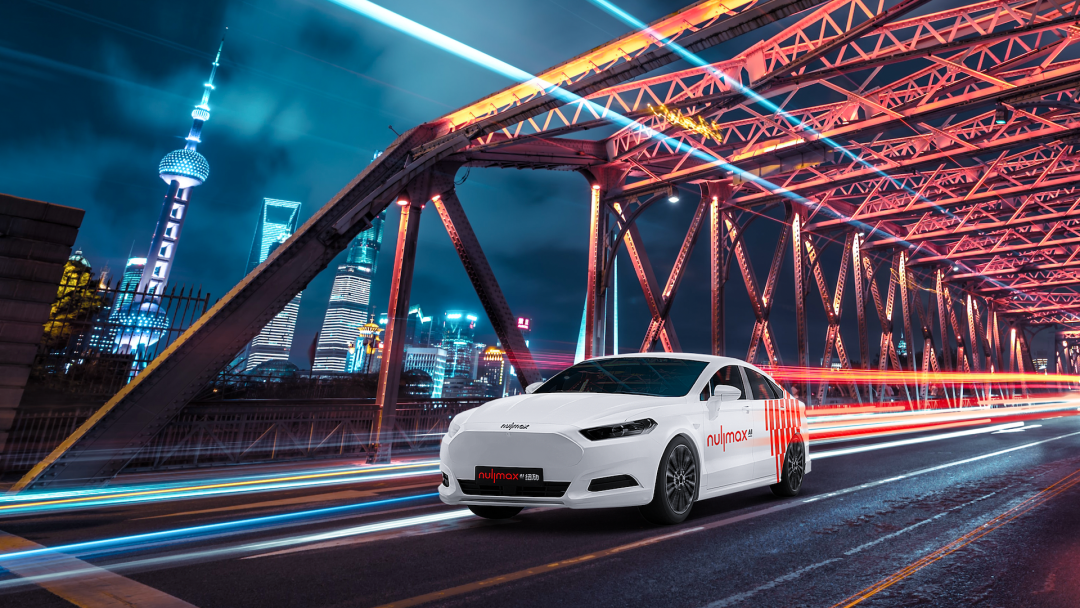Author: Michelin
If every industry has to go through a lot of hardships from birth to maturity, then the autonomous driving industry seems to have to face more twists and turns. Over the past few years, we have witnessed the crowded and difficult track of autonomous driving. After experiencing rounds of popularity and coldness, autonomous driving companies are constantly making choices:
- Choose the most suitable technical route;
- Choose the appropriate mass production entry point;
- Choose more suitable partners;
- Choose platforms that can empower themselves…
Almost every autonomous driving company needs to face these choices, and the answers to these choices have turned them into different appearances. On the road to the implementation of autonomous driving, perhaps every company has a different strategy, but no one can fight alone.
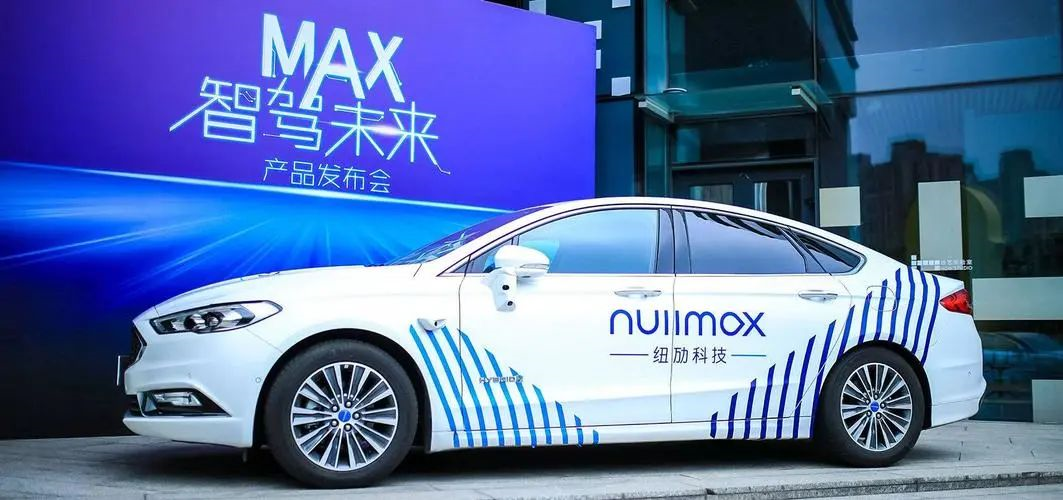
“Combining driving and parking” to enable autonomous driving implementation through scenarios
“The combination of driving and parking” is almost a topic that everyone in the autonomous driving industry talks about today.
By using the same domain controller for driving and parking, sensor deep reuse and computing resource sharing can be achieved. By relying on the rigid demand scenario of parking, autonomous driving can be implemented. This is almost the starting point for every company that provides the driving and parking integrated solution.
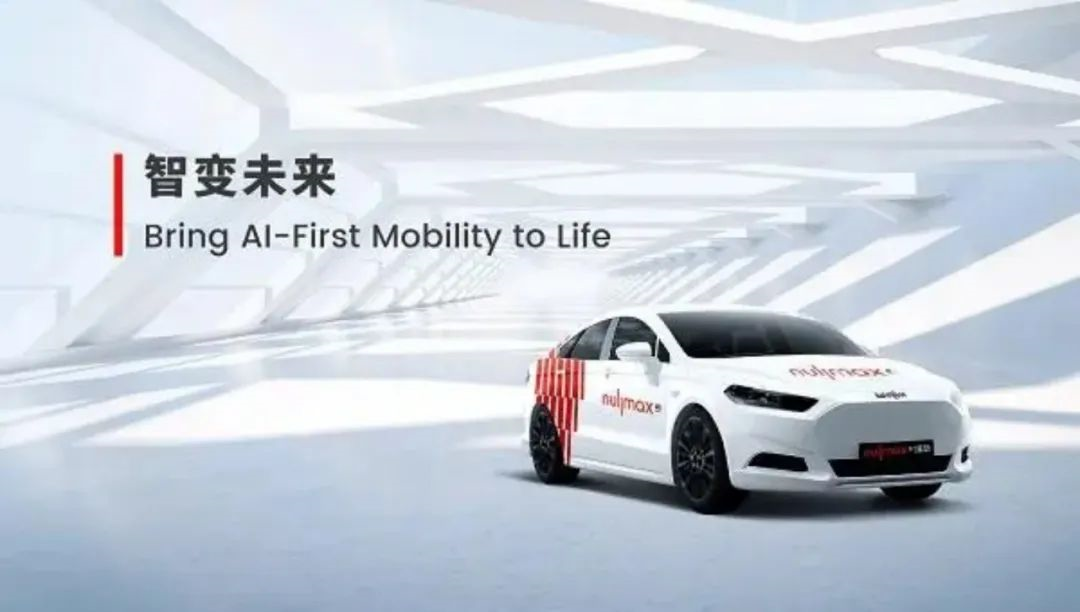
“In the next few years, driving and parking integration is likely to become a standard feature of smart cars.”
As one of the few domestic autonomous driving companies that can achieve mass production and delivery of single TDA4VM combined driving and parking solutions, Nullmax has completed the point deployment of this solution as early as 2020 and 2021, and has built a scenario-based driving and parking integrated solution for all scenes, which is the direction Nullmax chose from the beginning of entrepreneurship.
The current field of combined driving and parking can be divided into several forms:
- 1.0 form: Driving and parking use two SOCs and two domain controllers independently;
- 2.0 form: Integrating two SOCs into one domain controller and reducing costs through a small amount of fusion.- It uses a single SOC and an integrated domain controller, but the sensors still lack the deep reuse in the 3.0 form.
From the 1.0 to 2.0 to 3.0 forms, the integration degree of the parking and driving solution has gradually increased. However, the computing resources have not been shared, and the sensors cannot be deeply reused. There is still a considerable gap from the initial goal of “achieving deep reuse of sensors and sharing of computing resources”.
Therefore, Nullmax technology directly sees the opportunity in the industry and launches the parking and driving integrated 4.0 form, fully tapping the hardware capabilities and greatly reducing hardware costs while improving the overall solution.

In the 4.0 form, driving and parking are deeply integrated, and the chips and sensors are fully shared and reused, resulting in optimal experience and minimum cost. Under this solution, all sensors will be fully enabled for parking and driving, for instance:
When driving, the enhanced side close-range perception capability of the fisheye camera is used to better handle side cut-ins, and when parking, the forward camera is used to improve forward perception and cruising speed.

If the integration degree of the solution has been gradually improved from the 1.0 to 4.0 forms, which has improved the “depth” of the parking and driving integrated solution’s performance, what about shortening the cycle and solving the adaptability between cross-platforms? This will solve the “breadth” of the parking and driving integrated solution in mass production.
In this regard, Nullmax fully platformed the technology, that is, using a highly platformed full-stack autonomous driving software algorithm to efficiently implement landing applications for different needs.
This means that the technology’s systematicness, extensibility, and reusability will be better, and the efficiency of developing solutions in practical applications will be higher, with better results and shorter cycle time, lower costs, and faster introduction of new technologies. For example:
Nullmax’s parking and driving integrated solution can be applied to both medium and high computing platforms and medium and low computing platforms. New technologies and functions such as BEV perception and all-scenario driving can also be put into mass production at the first time.
The integration of parking and driving still faces challenges in the future.
-
On the one hand, the experience needs to be improved, providing users with smarter and more automated driving experiences with wider scenarios, approaching to unmanned driving continuously.
-
On the other hand, the application needs to be explored deeper, making the integration of parking and driving standard in the future, even economic cars should be equipped with practical intelligent driving functions.
Facing these challenges, Nullmax will adhere to the machine learning first (MLF) technology route and promote the continuous iteration of autonomous driving through large-scale production.
Mass production, creating affordable autonomous driving for all
If each autonomous driving company may encounter different problems in the process of product landing, then cost is definitely a “big problem” that everyone is struggling with.
Once upon a time, everyone hoped to reduce the cost of autonomous driving by relying on mass production and price reduction of LiDAR. Now it seems that it is far from enough.
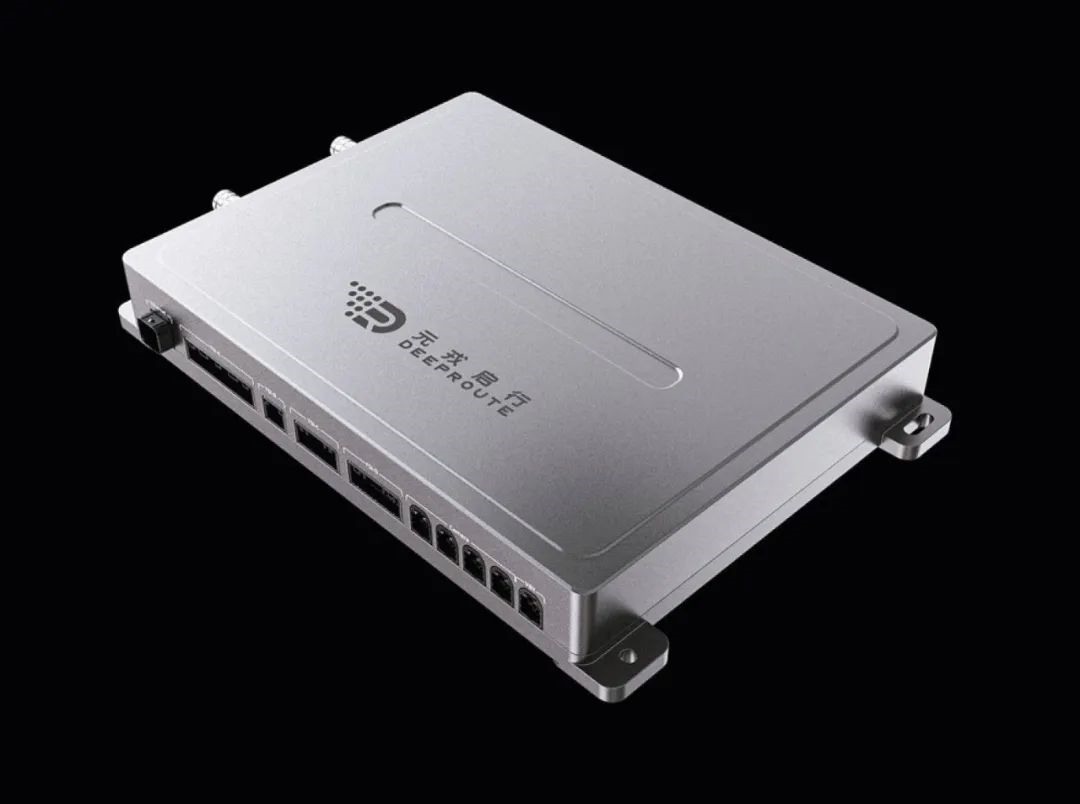
“Autonomous driving solutions are expensive and difficult to come into mass production.”
As a provider of L4 autonomous driving solutions, Element Drive has always been clear about the industry’s judgment and its own goals:
Only by providing better quality high-level autonomous driving capabilities at a more favorable price can L4-level technology become a product that car companies are willing to invest in, and can make it affordable for the public to consume.
This has also become the focus of this autonomous driving company: optimizing technology and reducing costs.
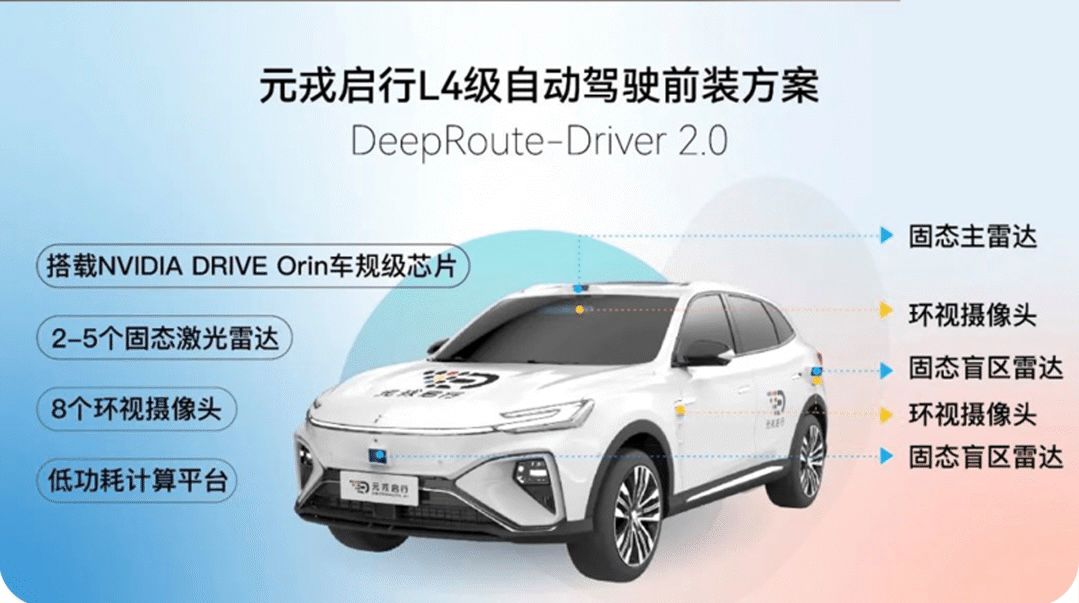
In December 2021, Element Drive released a mass-producible Driver 2.0 solution for below $10,000, entering the top tier of the autonomous driving industry.To achieve this, they need to tackle three challenges:
The first challenge is cost. The Driver 2.0 solution embeds 2-5 solid-state lidars and 8 cameras into the vehicle body, combined with the NVIDIA Orin car-grade high-performance chip, integrated navigation, high-precision maps, etc., to minimize costs without sacrificing system performance;
The second challenge is the combination of software and hardware. Through deep technical collaboration with NVIDIA and host manufacturers, the system’s performance can be maximized;
The third challenge is data. By allowing a large number of autonomous vehicles to enter the consumer market and enabling consumers to achieve L4 level autonomous driving in regions with abundant data accumulation, technology can be continuously improved based on massive amounts of data to address more long-tail scenarios.
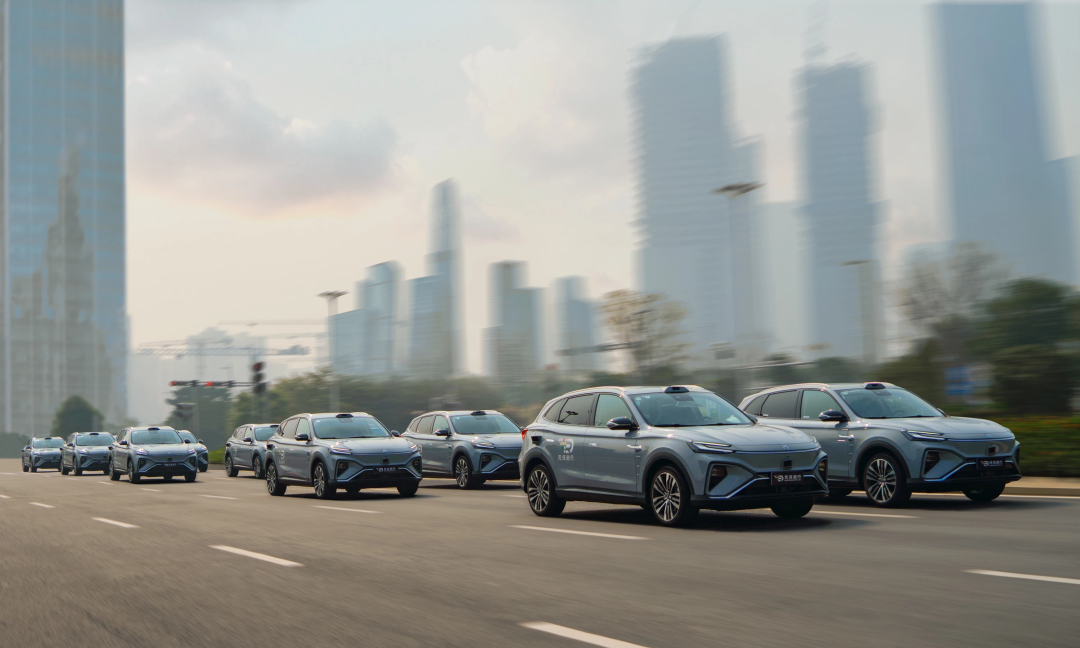
By overcoming these challenges, Yuanrongqi Hang has gained the opportunity to collaborate with automakers for mass production. As mass production scales up, costs can be further reduced by 70% to $3,000, truly making autonomous driving accessible to everyone.
Empowering Autonomous Driving
On the road to autonomous driving, there are many startups like the first two we mentioned, each focusing on different areas, but all striving towards the same goal.
In this competition, it is not only their innovative technologies that are tested, but also their ability to integrate software and hardware, collaborate across different industries, and explore new business models.
As young startups, being able to choose a strong ecosystem and stand on the shoulders of giants to tackle these challenges can make a big difference.
This is why Nullmax and Yuanrongqi Hang have both joined the NVIDIA Inception program.
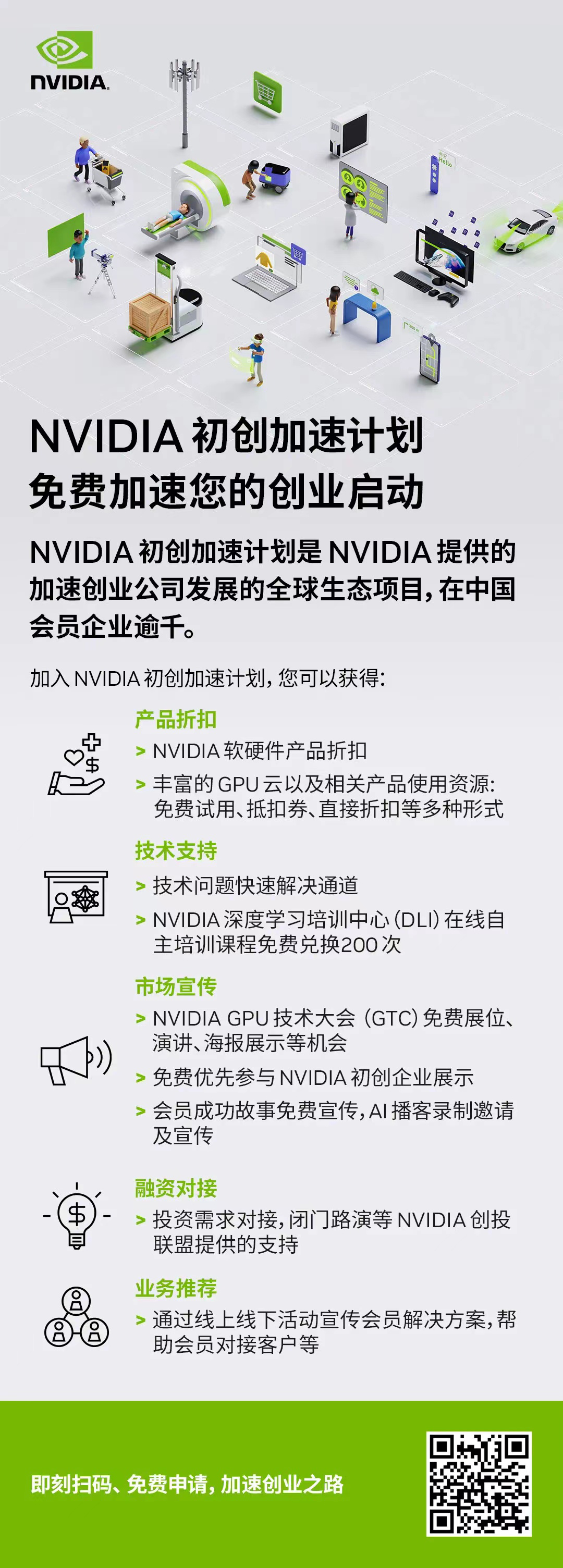
As one of the world’s largest startup ecosystems, NVIDIA Inception is a free membership-based startup incubator that aims to cultivate excellent startups that disrupt industry patterns.It is reported that NVIDIA’s Startup Acceleration Program is collaborating with the most innovative cutting-edge enterprises in fields such as autonomous driving, healthcare, digital twins, and autonomous machines to accelerate the development of the artificial intelligence ecosystem.
The program has united well-known venture capital firms, startup incubators, startup accelerators, industry partners, and others from both domestic and international markets to create an entrepreneurial acceleration ecosystem. The program can provide a series of services for startups, including product discounts, technical support, financing connections, and business collaboration, to accelerate the development of startup companies.
It is worth mentioning that the “NVIDIA Startup Acceleration Program” in China ranks second in terms of recruitment scale globally. As of 2022, the total number of members has exceeded 1,500.
As a complex system engineering, autonomous driving faces a series of challenges, such as hardware and software integration, adaptation to different platforms and systems, long development cycles, and high development costs. These challenges require the support of platforms like the “NVIDIA Startup Acceleration Program”.
On the one hand, as the mainstream supplier of intelligent driving chips in the industry, NVIDIA can better integrate software and hardware, maximize performance, and control energy consumption while solving compatibility issues in mass production and landing.
On the other hand, the NVIDIA Startup Acceleration Program has provided a comprehensive ecosystem to help startups gain more industry partners, technical support, business collaboration, and other assistance. For a startup company, these are of great significance.
Regarding joining the “NVIDIA Startup Acceleration Program,” both companies have a close relationship with NVIDIA.
YuanRongQiXing’s self-developed computing platform DeepRoute-Tite, which was created at the beginning of its establishment, is based on the vehicle-grade processor platform NVIDIA Xavier. With NVIDIA’s autonomous driving platform, YuanRongQiXing can maximize the power and performance of the computing platform from DeepRoute-Tite to DeepRoute-Tite2.0.>And Nullmax is also one of the earliest companies to engage in mass production development based on NVIDIA platforms such as PX2, Xavier, and Orin.
Product competitiveness, strong ecosystem resources, and innovative ideas have brought these start-up companies together.
The “NVIDIA Start-up Acceleration Program” provides resources such as NVIDIA developer forums and seminars, enabling these start-up companies to communicate closely with industry upstream and downstream, learn cutting-edge technology, and promote the implementation of autonomous driving.
Finally
Many people describe autonomous driving as the “brain” of future cars. The “brain” cannot function alone, just like autonomous driving cannot fight alone. It requires cooperation in different areas such as technology, products, ecosystem, and business.
That’s why the industry needs platforms like the “NVIDIA Start-up Acceleration Program” even more, leveraging its strong product strength and ecosystem resources to support start-up companies and empower the autonomous driving industry.
This article is a translation by ChatGPT of a Chinese report from 42HOW. If you have any questions about it, please email bd@42how.com.
